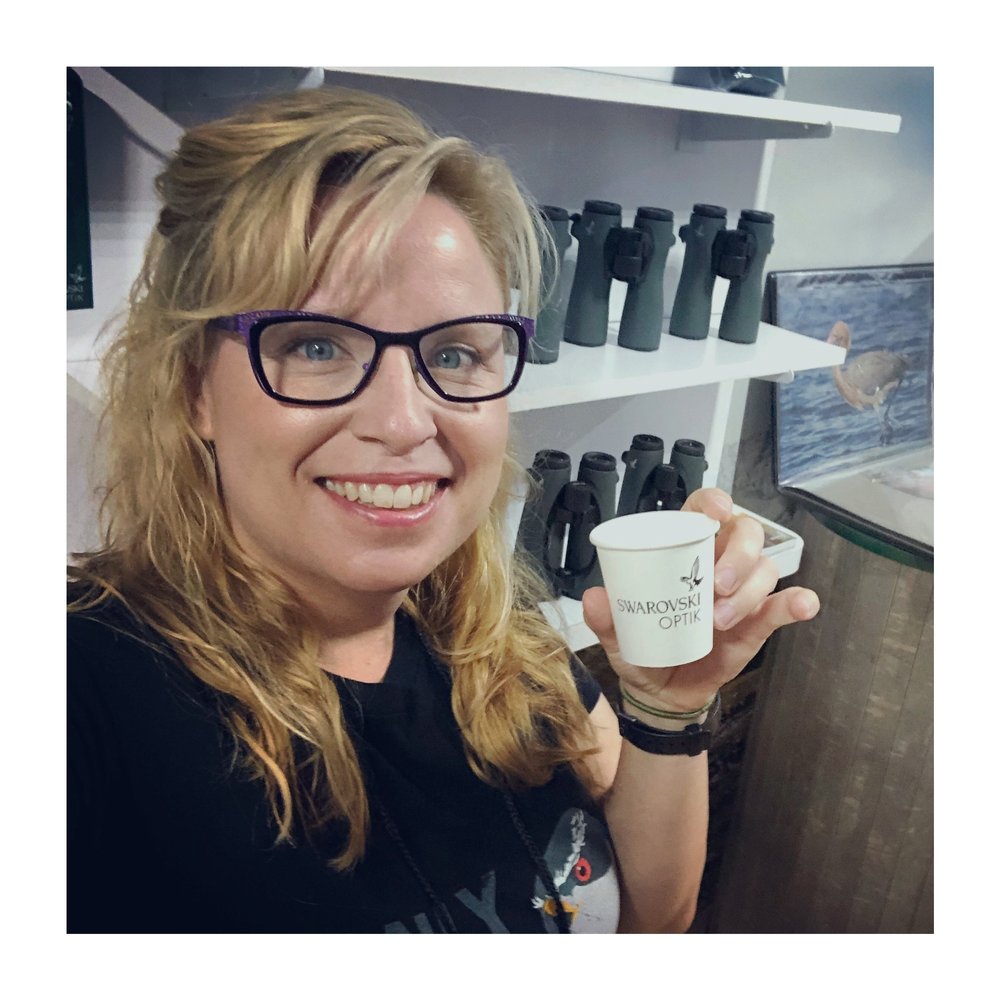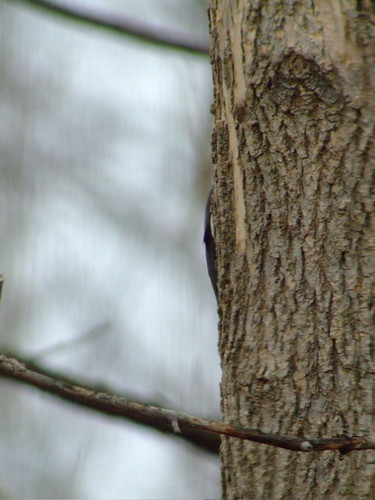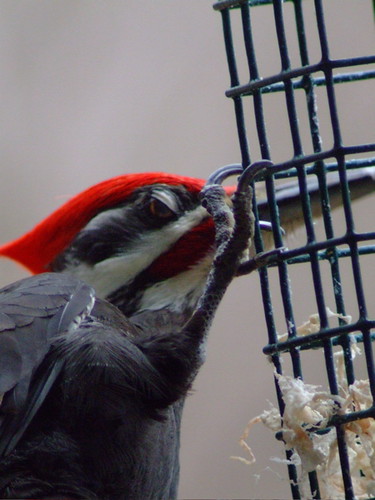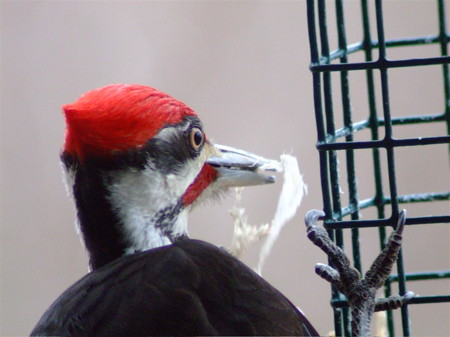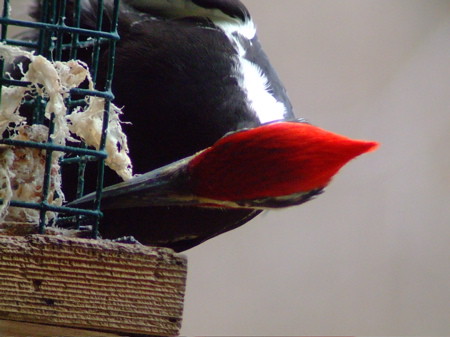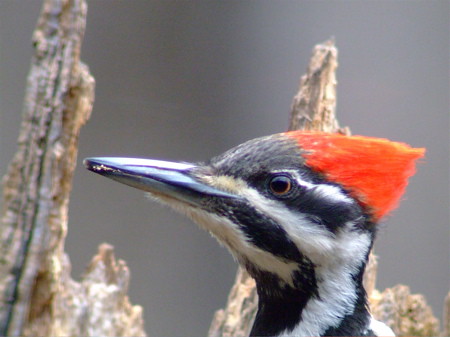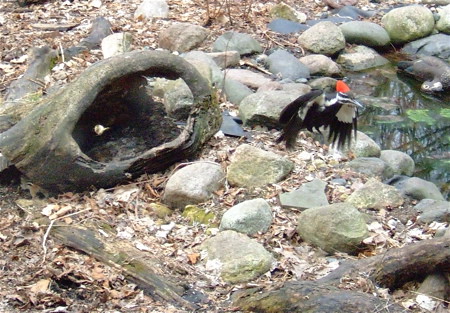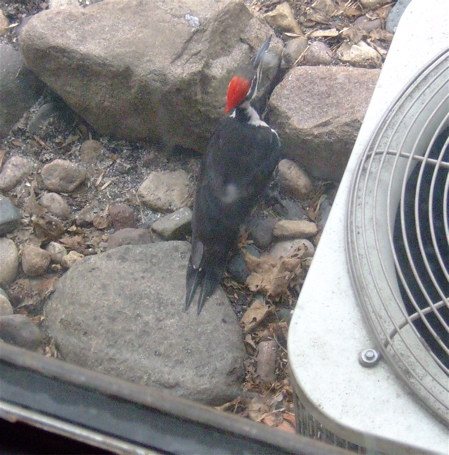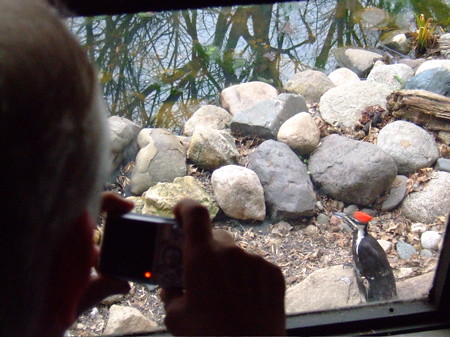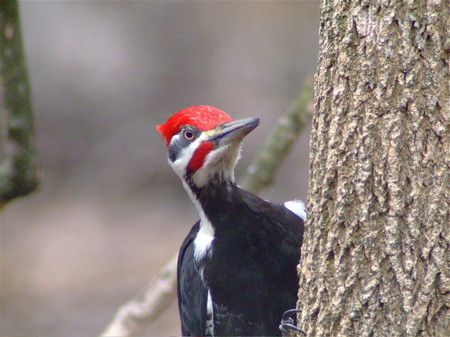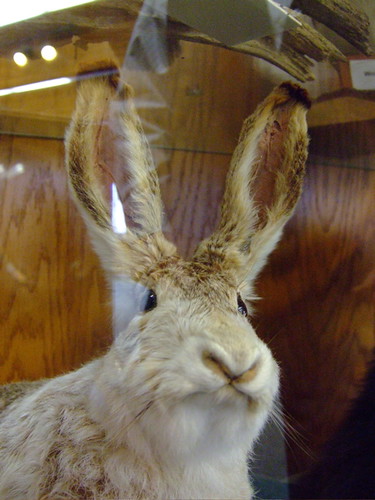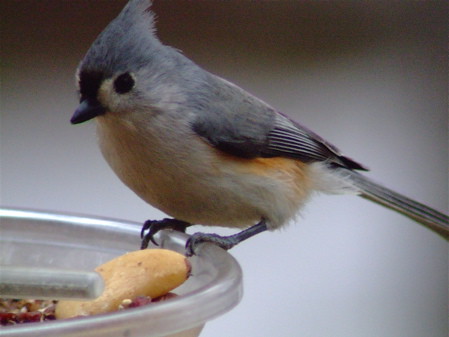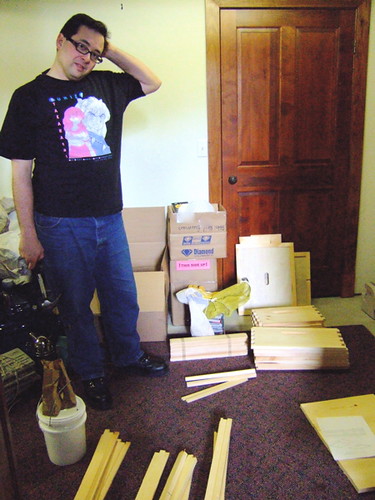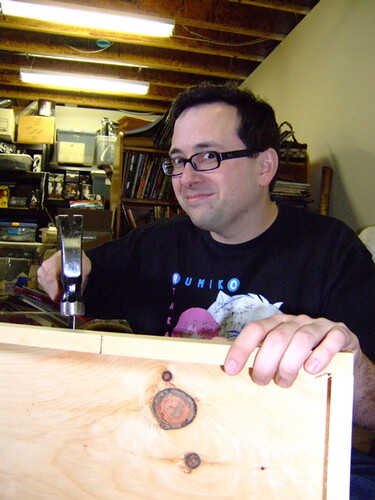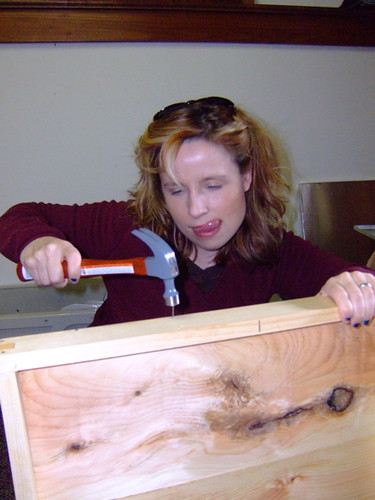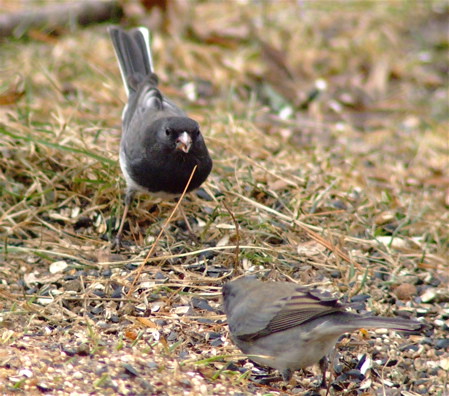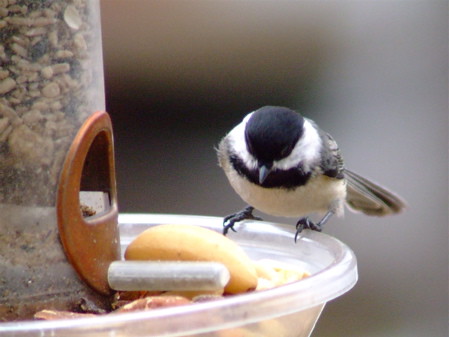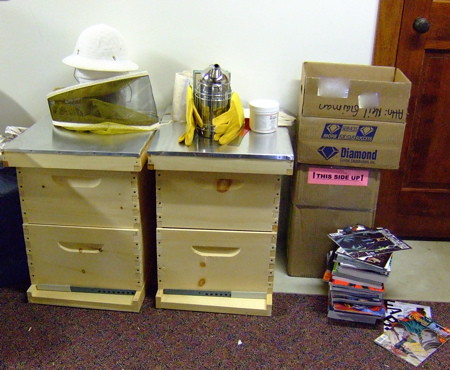Mr. Neil has a cat flap on his garage...
I think I need to put a clarification up before I go further with this post. Mr. Neil has cats. I have given him all the information on the Cats Indoors Campaign, and some of his cats are strictly indoor cats, however one cat in particular cannot be an indoor cat (Mr. Neil readers know him as Fred the unlucky cat). Please do not bombard him with info on Cats Indoors, he knows it, I know it--we've discussed it, especially after the time when young Fred showed up with four puncture marks on his hind quarters in the shape of great horned owl talons. And yes, in a perfect world for me, all cats would be indoors--however, who out there lives a perfect world? It's not always an easy task to turn a free roaming outdoor cat into an indoor cat. We're not going to change every mind in one night and we're not going to get every cat out of the wild by tomorrow morning. We do what we can, as we can, and the Cats Indoors campaign is a gradual effort.
That said, Fred is an outdoor cat who lives in the garage. There is a special cat door that only opens when Fred is standing in front of it, he has a special sensor on his collar that causes it to open. We keep all of the bird seed in the garage (and beekeeping equipment). Recently, something has been coming into the garage and living large in the bird seed--most likely a raccoon. The only way that I could find that they could be getting inside, would be the cat door, I'm sure raccoon claws could outsmart a sensor. We have a motion sensitive game camera and set that up:
 Raccoon one (apparently wearing a monacle) came in through the door. I had the camera too close to the cat door and the flash WAY over exposed all the images. Non Birding Bill did a lot of tweaking to get them to this state.
Raccoon one (apparently wearing a monacle) came in through the door. I had the camera too close to the cat door and the flash WAY over exposed all the images. Non Birding Bill did a lot of tweaking to get them to this state.
 Raccoon two came into join the party. If one has figured it out, it's not long before others follow.
Raccoon two came into join the party. If one has figured it out, it's not long before others follow.
 And raccoon number three--this one appears to be smaller than the first two. So far these three have kept there shenanigans to the bird seed and have left the bee supplies along. I'm not sure what the next step is going to be. On of Mr. Neil's readers has suggested a door that uses image recognition software. I suggested leaving Cabal, his large white german shepherd in the garage for a few nights.
And raccoon number three--this one appears to be smaller than the first two. So far these three have kept there shenanigans to the bird seed and have left the bee supplies along. I'm not sure what the next step is going to be. On of Mr. Neil's readers has suggested a door that uses image recognition software. I suggested leaving Cabal, his large white german shepherd in the garage for a few nights.
 And so, here is one of the coons leaving, a little fatter. Perhaps they will eat so much they will not fit through the door--much in the same way Pooh got stuck in Rabbit's hole after eating too much honey.
And so, here is one of the coons leaving, a little fatter. Perhaps they will eat so much they will not fit through the door--much in the same way Pooh got stuck in Rabbit's hole after eating too much honey.
